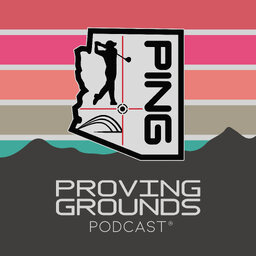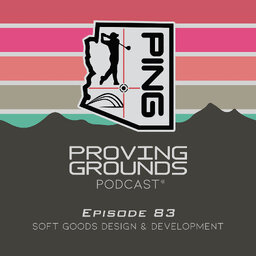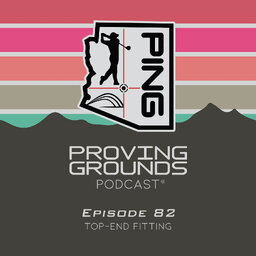Episode 21: Boyd Summerhays
Shane and Marty welcome PING Brand Ambassador Boyd Summerhays to the Tour Truck to discuss his success as a junior golfer and his path from professional golf to coaching some of world’s best players. Boyd also talks about his role as a parent to elite junior golfers and his longtime coaching relationship with PING Pro Tony Finau.
 PING Proving Grounds
PING Proving Grounds


